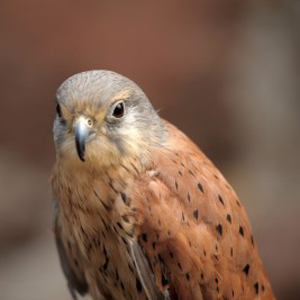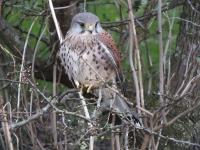- Home
- FAQs
- Customer Video Gallery
- Customer Photo Gallery
- Bird Facts
- Bird Food Blog
- Bird Information
- Feeding Advice
- Small Animal Information
- A to Z of Guinea Pigs
- A to Z of Hamsters
- A to Z of Rabbits
- Basic Care for Guinea Pigs
- Basic Care for Hamsters
- Basic Care for Rabbits
- Basic care for Chinchillas
- Basic care for Ferrets
- Basic care for Gerbils
- Basic care for Mice
- Basic care for Rats
- Buying a Healthy Small Animal
- Does your Reptile need a Licence
- Equipment for Ferrets
- Equipment for Hamsters
- Equipment for Mice
- Equipment for your Chinchilla
- Equipment for your Gerbil
- Equipment for your Guinea Pig
- Equipment for your Rabbit
- Keeping a House Rabbit
- Dog Information
- Cat Information
- Customer Information
- Fat Balls
- Suet Pellets
- Straights
- Seed Mixes
- Suet Treats
- Mealworms
- Bird Feeders
- My Account

| Scientific Name | Falco tinnunculus |
| Breeding | April-May |
| Fledge Days | 32-37 |
| Incubation Days | 27-29 |
| Lifespan | 4 years |
| Number of Clutches | 1 |
| Number of Eggs | 4-5 |
| Size | 34-39cm |
| Weight | 190-220 |
| Wingspan | 76cm |
Bird Family : Falcons and Allies
Kestrel Facts - Information About Kestrel
Kestrel - Falco Tinnunculus
The Kestrel is the bird that you see hovering next to the motorways when speeding along at 70mph.
It is a fairly common sight throughout the country and is our commonest bird of prey with around 45000 pairs. The Kestrel has also been known as the Windhover.
Identification:
Adult
- Without doubt the UKs most easily recognised birds, if seen hovering.
- Adult males and females are slightly different.
- Kestrels are small raptors, around 30 cms in length. They are often seen hunting over verges, and central reservations close to busy roads.
Male
- Males are predominately chestnut in colour.
- The tail and rump are blue-grey; tail has a black tip/band.
- Upperparts are chestnut brown with small black spotting all over.
- Wings are chestnut with dark chestnut primaries.
- Head is bluey grey with black moustache and pale chin.
- Underparts are buffy with black spotting to the breast.
- Black eye has yellow eyering, legs and feet yellow.
Female
- Females similar to males but tail is browner and evenly barred.
- Head is browner with weaker moustache.
Juvenile
- Juveniles appear from May onwards and are similar to adult females.
Status and Distribution
The Kestrel is a common breeding resident in the UK with over 45,000 pairs. The Kestrel occurs in all counties throughout the UK and Ireland.
Habitat/Food
Kestrels occur in all habitat types throughout the UK, woodlands, parks, gardens, farmland, hedgerows, marshes indeed any open country habitat. They feed on small mammals, birds and large Insects.
In the garden Kestrel may take small songbirds or rodents that are taking seed from below the feeders.
Song/Call
Call is a loud sharp…’kee kee kee kee kee’.






